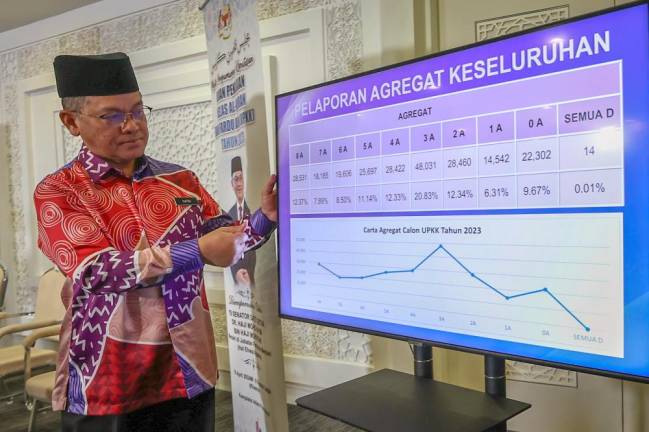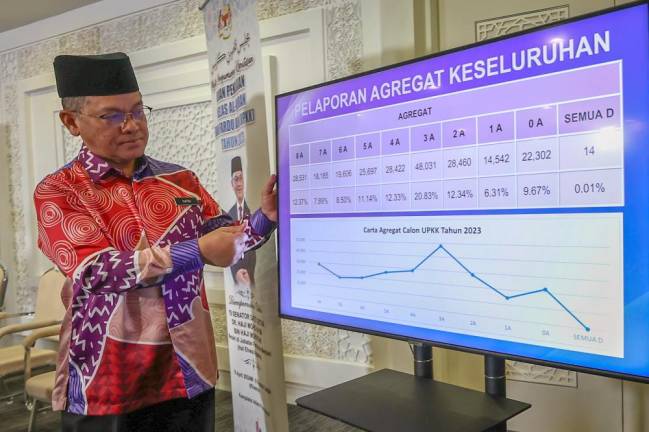KUALA LUMPUR: Malaysia’s exports are expected to recover with a 2% growth forecast for 2020, against an expected decline of 1.5% to 2% for 2019, according to the Socio-Economic Research Centre (SERC).
Its executive chairman Lee Heng Guie said the easing trade tensions between the United States and China will help stabilise global trade. Should the two conclude a ‘Phase 2’ trade deal, the development is expected to further lift the positive sentiment and serve as a positive catalyst to reassess Malaysia’s gross domestic product (GDP) growth prospects.
“We expect the improvement will also be supported by the deployment of 5G which will be the main factor for recovery in the semiconductor sector as well as higher commodity and crude oil prices,” Lee told the media at SERC’s Quarterly Economy Tracker (October-December 2019) and 2020 Outlook briefing today.
The US and China are slated to sign the Phase 1 trade deal in Washington tomorrow.
Aside from improved global trade, Lee said the coordinated monetary and quantitative easing by central banks around the world will be another inflection point for the global economic outlook.
“Hopefully, this will help set the scene for global growth in early 2020.”
However, Lee said the negative and low interest rate environment could pose some downside risks to the global economy despite the positive sentiment.
“If the low interest rate environment fails to stimulate the slowing global economy, it (the growth) is expected to slow down even further as most governments around the world are limited in the ability to pump prime their economy.”
In the case of Malaysia, Lee opined that there is still some fiscal space for the country despite the need to control the country’s total debt liability.
Globally, he said high global debt levels, which stand at 240% of global gross domestic product (GDP), as well as commodity price volatility are among the downside risks to watch out for this year.
Lee did not rule out the possibility of geopolitical shocks, as evidenced by the tensions between the US and Iran at the start of the year, which have since dissipated, to be another key risk to global growth.
Domestically, he has identified the rapid slowdown in private investment growth is one of Malaysia’s biggest challenges.
“For 2020, we expect private investment to remain cautiously weak with an expected 2.2% growth as investors stay on the sidelines as they are wary about external conditions, broader domestic political developments, including leadership transition and policy uncertainties.”
Private investment growth for 2019 is estimated to come in at 0.8% versus 4.3% and 9% recorded in 2018 and 2017, respectively.
Meanwhile, Lee projected that Malaysia’s GDP will grow 4.5% in 2020, a slight decline from an estimated growth of 4.6% in the previous year, on the back of the prolonged trade war between the world’s two largest economies.














